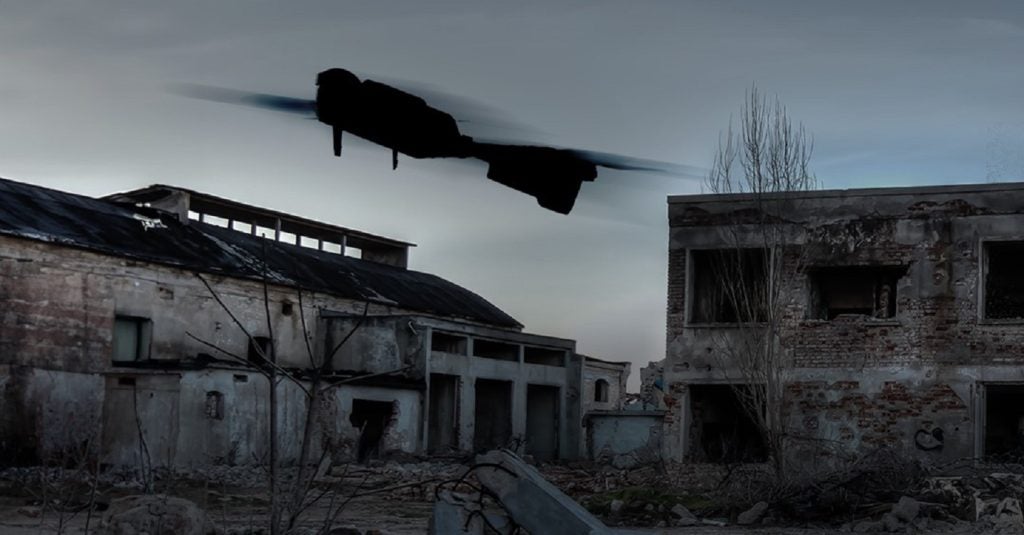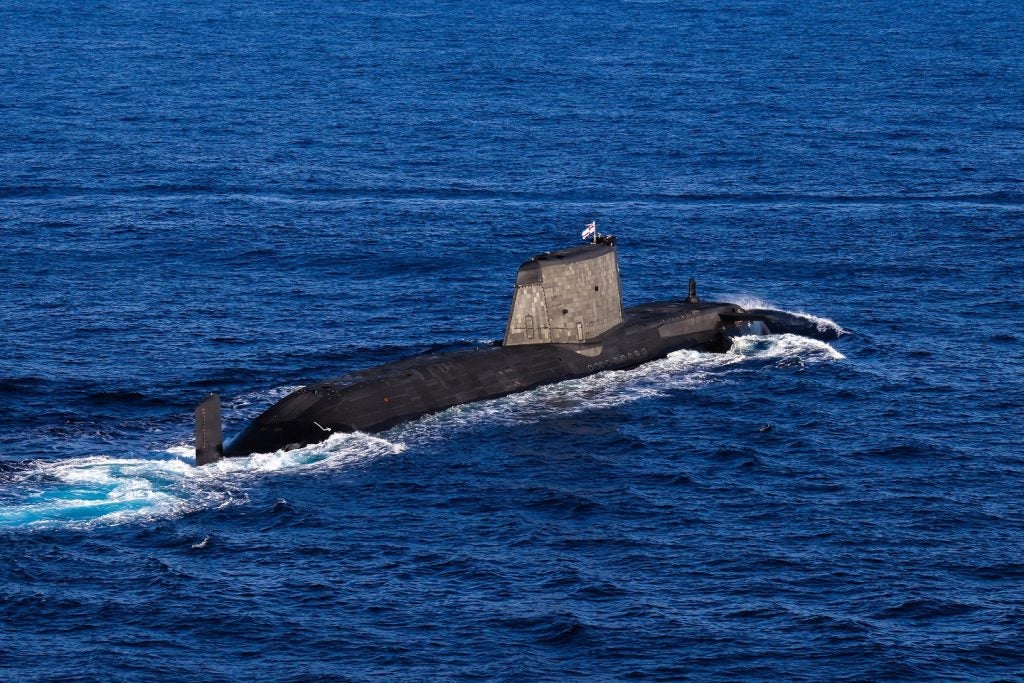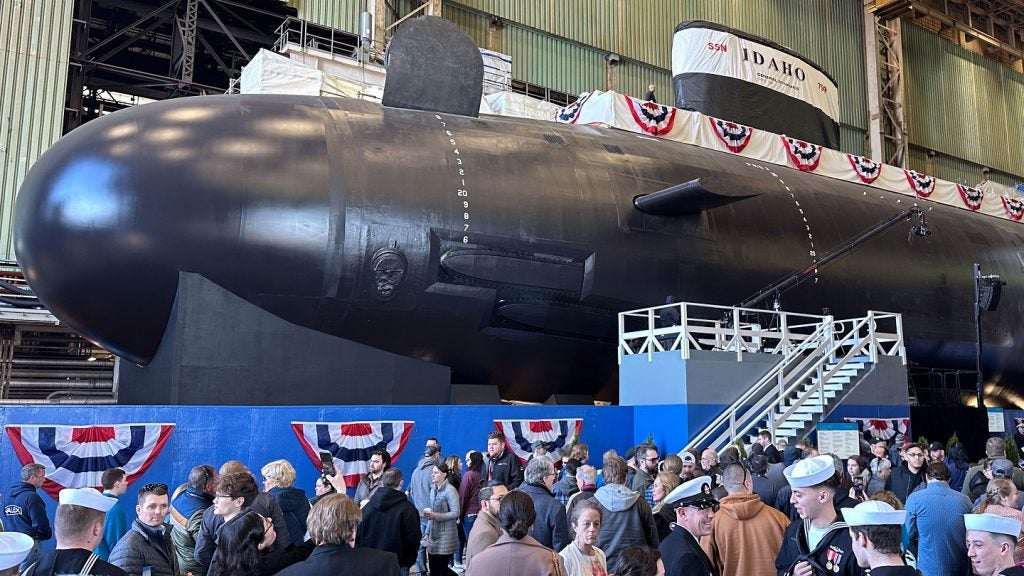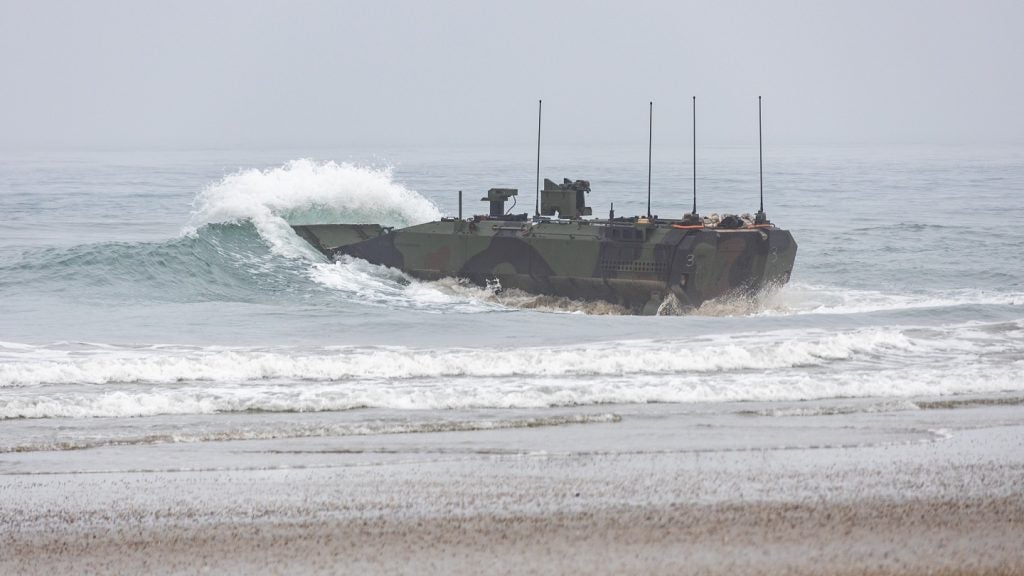The US Marine Corps (USMC) is evaluating a new mobile detection assessment response system (MDARS) potential as an asset of force protection.
Developed by the Space and Naval Warfare Systems Command, the assessment response system can be run remote-controlled from a computer or preset by the controller.
The US Marines, with the Air Combat Element, are currently supporting the integrated training exercise, and are planning to deploy the new system as part of enhanced, 24-hour Air Base Ground Defense.
How well do you really know your competitors?
Access the most comprehensive Company Profiles on the market, powered by GlobalData. Save hours of research. Gain competitive edge.

Thank you!
Your download email will arrive shortly
Not ready to buy yet? Download a free sample
We are confident about the unique quality of our Company Profiles. However, we want you to make the most beneficial decision for your business, so we offer a free sample that you can download by submitting the below form
By GlobalDataAir base guard force platoon sergeant, Sergeant Timothy Hanla, said the marines are trying to use full capabilities of the MDARS and further improve defence.
"It will help reinforce certain areas and catch things our eyes can’t catch," Hanla said.
See Also:
Initially developed for the US Army, the MDARS is fitted with multiple laser systems for navigation and a radar system to detect enemy presence on a perimetre.
The colour and infrared cameras enable MDARS’s controller to differentiate between enemy or friendly forces, while the system can operate day and night.
The system also features a dual-monitor display, a ruggedised keyboard, mouse, speakers, microphone, uninterruptible power supply, networking infrastructure and power provisions for the radio and GPS base station.
In addition to controlled and automatic functions, the MDARS can be operated in stealth detection mode that shuts down the engine and allow the unit to continuously scan the area.
Currently, the USMC is observing the capabilities of the MDARS and evaluating its ability to meet the evolving tactics and strategies for future operations.
Pat Cullington, MDARS project manager, said: "What we’re here for now is to learn more about the marine mission.
"How this could be used and how we could develop it to fit the mission."
Image: the mobile detection assessment response system. Photo: courtesy of Cpl. Ali Azimi.








